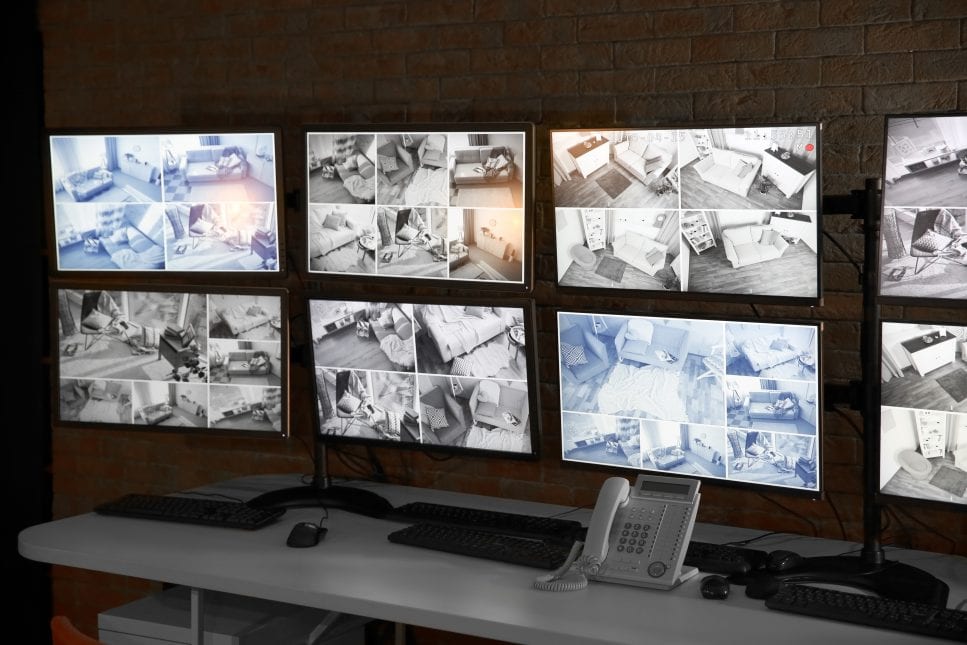A north-east care home group has announced plans to install CCTV cameras in all of its homes after an initial trial proved to be successful. Following a consultation with the residents, staff and family members of Glenholme House in Sunderland, Wellburn Care Homes installed surveillance cameras in communal areas and bedrooms in an attempt to demonstrate openness and transparency and the results have been encouraging.
The group’s chairman, Rachel Beckett, said “With the introduction of the duty of candour we feel this is a positive move, to show transparency within the industry and to regain confidence of the public. We feel this will show potential new residents and their families that they have that extra element of safety.”
As well as offering reassurance in relation to the prevention of neglect or abuse, the surveillance has allowed for less invasive observation of sleep patterns and means fewer disturbances overnight. The cameras can be turned off at any time at the request of service users or family and are only visible to senior staff and shift leaders, with footage being security protected to prevent tampering.
The use of CCTV remains controversial, with opponents claiming it invades privacy and breaches trust. Read on to find out CQC’s position on surveillance and the steps you must take if you’re considering its use.
CCTV and Privacy
The CQC’s document, Using Surveillance – Information for providers of health and social care on using surveillance to monitor services, contains comprehensive guidance on the use of CCTV in care homes including compliance with the Mental Capacity Act 2005. If you’re considering using CCTV, understanding this should be your starting point.
5 Steps You Must Follow If You’re Considering the Use of CCTV
- Assess the need: The use of CCTV can have an impact on privacy, trust and effective working relationships. Before going ahead with any type of surveillance, assess whether its use is justifiable and if the disadvantages of introducing such a system could outweigh the benefits.
- Consult stakeholders: If your assessment identifies a need for surveillance, it’s essential to consult with service users, families, staff and other stakeholders about its use. Without the involvement, consent and support of these groups, the introduction of any type of CCTV will be extremely difficult.
- Be transparent: Unless there is an overwhelming and urgent need to carry out covert monitoring, you should always ensure that those involved are aware that surveillance is being undertaken. Any failure to do so can quickly lead to a breakdown in trust and co-operation. Even when you can justify the need for covert surveillance, it must be used for the shortest time possible.
- Handle data safely: All data collected must be handled in compliance with the General Data Protection Regulations and access should only be given to trained and authorised individuals. You will need clear policies for the storage, retention and destruction of data, as well as for handling requests for access to data.
- Record each step: CQC states that inspectors are unlikely to ask to view CCTV footage. However, they may ask for evidence that you have taken appropriate steps in preparing to use surveillance. Ensuring that you retain records in relation to each stage of your decision-making process will help avoid problems once CCTV is in use.

